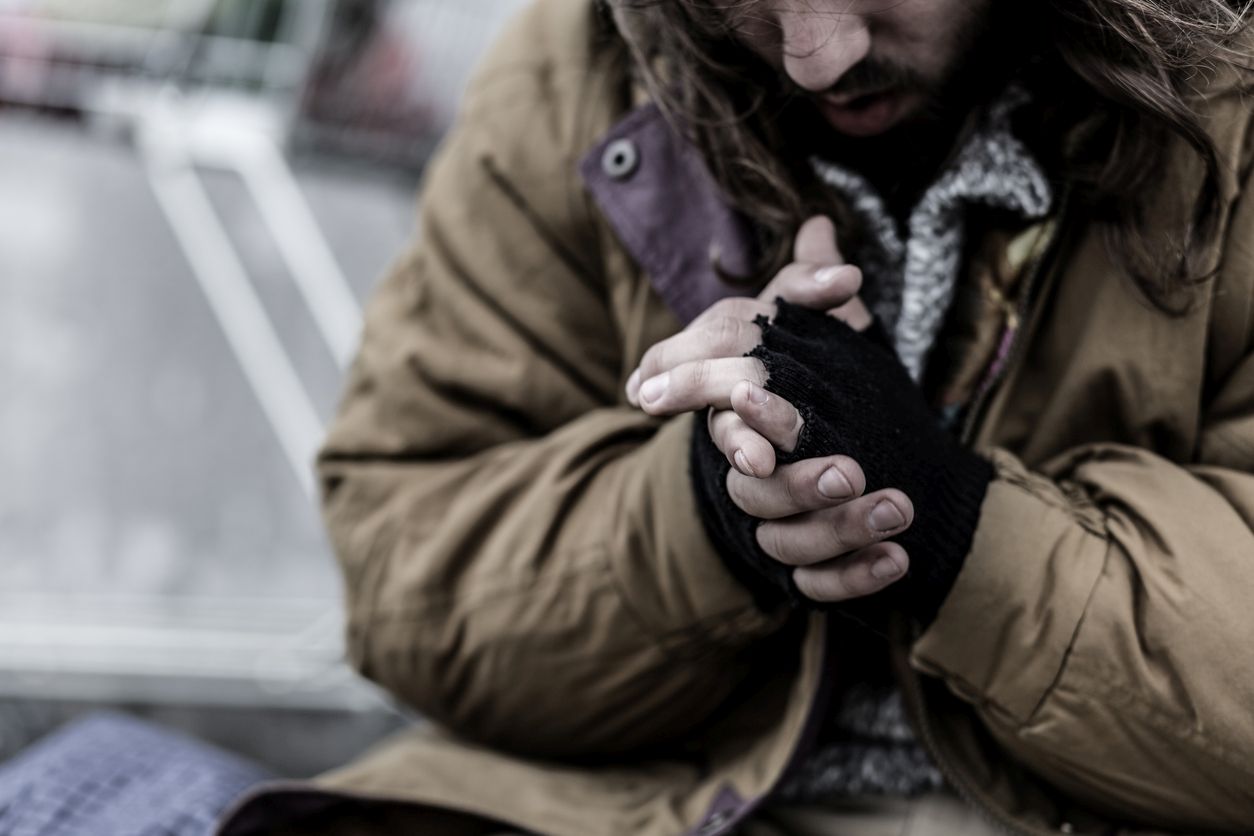When Haruka Weiser was murdered two years ago by a homeless man as she was walking back from her dance class to her University of Texas in Austin (UT) dorm room, the school was prompted to upgrade security. A report by UT’s Department of Public Safety completed after the attack recommended the school limit non-UT student access to campus buildings and “reduce the presence of transients” around campus.
In this exclusive interview with CS at Campus Safety Conference Texas 2018, UT Vice President for Campus Safety James Johnson discusses how his school achieved this with access control, lighting, video surveillance and more.
“The University of Texas in Austin uses really one primary key strategy to address our homeless issue and our homeless population from encroaching on campus. Since the 2016 homicide, we’ve looked at ways to better secure our buildings. Part of that process has been to create a celebrated entrance for all academic buildings on campus.
[promo_content slug=”cant-attend-csc-texas”]
“While our campus buildings are open to the public, they are open to our invited quests. One of the things that we’ve done at these locations is we’ve created a building access control system. So a keycard system gets you in and out of these buildings after normal business hours. We have narrowed it down to one or two primary entrances on our buildings, and that’s the way we funnel the folks that use these facilities after hours. Your key card, you key is your ID. And with that process, we get people funneled to one location.
“At these locations, we’ve enhanced lighting, we’ve enhanced video surveillance techniques at those areas, we’ve provided a way for accountability. Inside of each of those locations, we’ve created a Safety Hub that acts as a safe haven if you’re in trouble that you can get into. Once you’re in that area, there’s a 911 emergency call box, public access AED, informational signage and Stop The Bleed hemorrhage control kits. There’s an area of refuge for our folks that come in.
“While our transient population isn’t necessarily criminal in nature, we try to keep the criminal activities outside the confines of our campus, and certainly this key issue that we’ve used has really eliminated most of our problem.”
Photo: iStock







